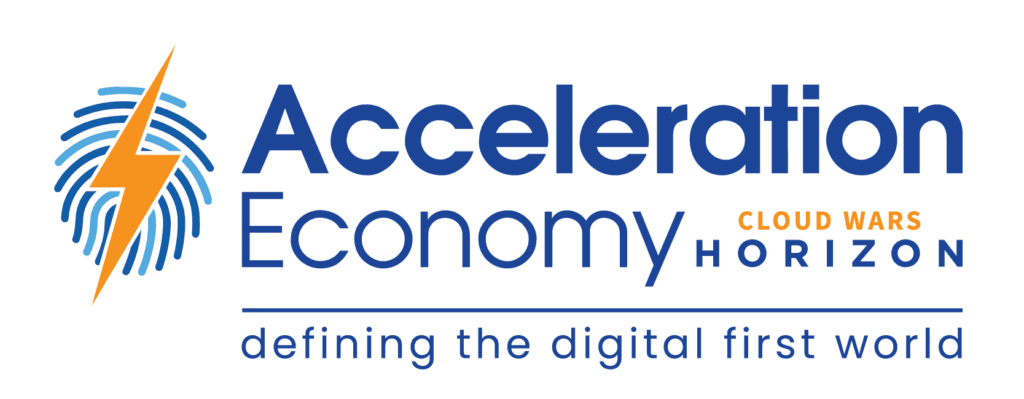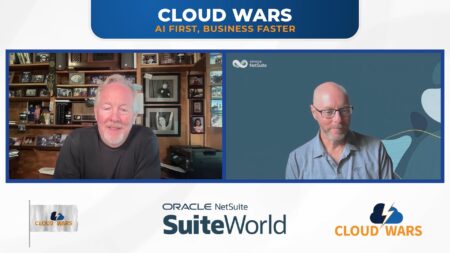The way we work has changed. Some commentators believe this shift is permanent; others see it as a flash in the pan, a kneejerk reaction to global lockdowns. Yet, one thing is sure. Employees expect only some aspects of their working day to occur in the office.
While some organizations have adopted a fully remote model, far more popular is the hybrid approach, where employees split their time between on-prem and off-site. Some organizations have seen productivity skyrocket, along with other benefits.
Take Microsoft. The company’s dedication to the hybrid work model, in which employees can work from home 50% of the time, has contributed significantly to avoiding the most considerable fallout from the Great Resignation.
Conversely, many prominent organizations, such as Netflix and, more recently, Twitter, are keen to get employees back in the office for good and fast. Ultimately, the situation is complicated — very complicated.
That’s why some companies have decided to create a new seat at the executive table, Chief Remote Officer (CRO). However, questions need to be asked about how this new role will impact businesses and whether or not these impacts will be positive.
What Is a Chief Remote Officer
The Chief Remote Officer role is as malleable as the current state of work from anywhere (WFA) and hybrid environments. Ultimately, it comes down to the individual business and what responsibilities the CRO takes on.
However, every CRO will be tasked with navigating the various options available to organizations and determining the right strategy to balance employee expectations and business benefits. When deciding how remote work features in a company’s overall success and progress, the buck stops with them.
What Are the Benefits?
Having someone in the C-suite to take charge of the remote work dilemma has many benefits. None more so than in strategy. There are many areas to consider when it comes to strategy in remote work, including, but not limited to, productivity, remote management, security, collaborative frameworks, tools, and, of course, cost.
Committing to a remote or hybrid working model has many challenges. As well as the apparent problem of ensuring workers stay on task and remain productive, there are practical considerations, like assessment, hiring, firing, and employee benefits, to consider.
A CRO and their team can take this burden away from the broader teams in an organization and use dedicated human resources (HR), information technology (IT), finance, and other specialists to form an initiative and working plan. Technology tools are the most critical factor in a WFA model as they will ensure secure access to on-prem systems and aid collaboration. Only with a completely remote work team can you evaluate the cost-to-benefit ratio of these tools because you need to understand both the user’s and the organization’s needs.
Fundamentally, a CRO enables organizations to have a definitive point of contact regarding issues around remote work and, significantly, an ear to the ground and mouthpiece for understanding and influencing company culture.
What Are the Pitfalls?
The first question you need to ask is whether the expenditure is worth the reward. With remote work becoming a forced reality for almost every company during the pandemic, many organizations have already adapted their business model. Instead, you need to consider whether you continue operating as you are or bring more people back into the office.
If this is the primary concern, paying an extra executive and their team and dealing with a long wait for a return on investment (ROI) as your newly initiated members grapple with the complex task of defining your strategy may not be worth the money.
Some may argue that instead of initiating an entirely new team to deal with the issues of remote work, companies could better address the hurdles and develop a strategy by creating a steering committee using existing members of the HR and other critical teams. This way, the top-down approach is determined in the board room, and individual team members take control of the various aspects as part of their workload.
Beyond this, remote working opportunities may not require a consistent strategic approach in the long term. The concept is still very much new, and some can argue that simply addressing the various requirements and monitoring feedback quarterly or even bi-annually would be a good step. Yet, there is no doubt that remote work requires governance. The question is what this looks like, and who’s in charge.
The CEO POV on Chief Remote Officers
Chief Analyst at Acceleration Economy, Tony Uphoff, cites what to do about remote work as one of the most common discussion points when talking about business challenges with CEOs. Alongside cybersecurity and technical debt reduction, it’s one of the top three concerns, he says.
In the business community, says Tony, the concept of remote work has become an upward trend, that will continue, not the swing of a pendulum in response to the Covid-19 pandemic. Yet, he points out, it’s not as revolutionary as many people may think.
Before generation Zoom, employees working for companies with multiple offices might travel from one to the next to meet various stakeholders. Work might be conducted on-site, or perhaps in the hotel lobby. What is this if not remote work?
CEOs can see the benefits of not investing millions into brick-and-mortar, un-leverageable assets, and instead putting that money elsewhere say Tony. However, it’s not all positive. While remote work can enable strategic savings and improve employee contentment, there is an argument that a lack of face time, real face time, might hinder the personal relationships and skills that give younger employees the tools and connections they need to succeed.
The CIO POV on Chief Remote Officers
I also had the chance to speak with analyst Wayne Sadin for his thoughts on remote work. Here’s what he told me.
“Times of great technical or cultural disruption spawn C-suite titles, like CIO, CHRO, and both CDOs, digital and data, as firms realize they need more horsepower to tackle the issues, and an executive with more gravitas to command respect from the organization and outsiders — analysts, media, investors.
“In 1998 as CIO of a bank I created an ‘SVP of internet’ role as a direct report. This person was a solid technologist, a great communicator, and a bit of a dreamer. His job was to organize IT resources to address this promising but poorly understood challenge, and evangelize a message to the organization (board of directors and C-suite on down), our customers, and the world at large.
“I believed this role was transitory because either the internet would wither and die — unlikely but possible in 1998 — or would become woven into the organization’s tech and business fabric. The role lasted until 2001, by which time we and customers could transact any business online, a challenge the chairman gave to me and my IT team in 1998!
“Like the transition from ‘the internet’ to just another channel, or ‘Big Data‘ becoming just
‘data,’ a Chief Remote Officer will one day soon fade away as remote work becomes ‘just work,’ and we’ll take it in stride. But for a few years, this position is in a sense the ‘Chief Culture Officer’ as well as the ‘Chief Backoffice Process Officer’ plus an evangelist and technology ‘scout’ identifying a broad array of functional issues and helping everyone’s thinking around issues from legal to cultural to technical to business.”
For more exclusive coverage of innovative cloud companies, check out Cloud Wars Horizon here:









